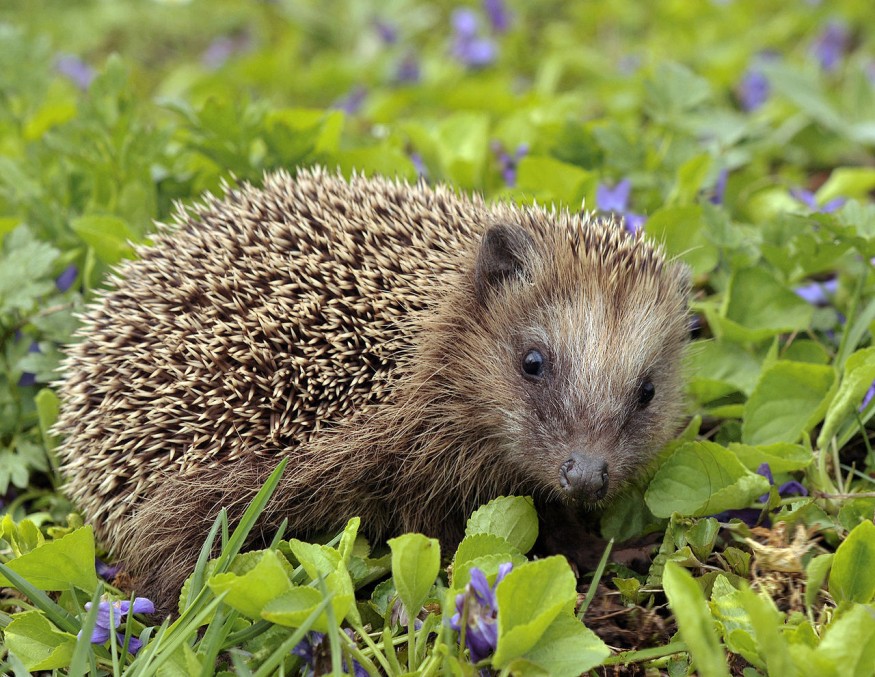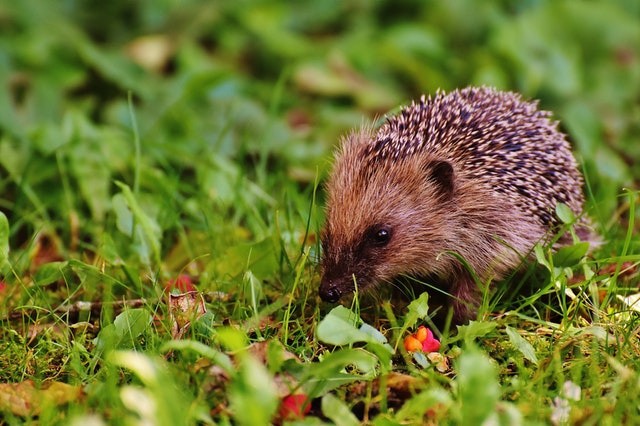According to a new analysis, Britain's urban hedgehogs show signs of recovery, while rural populations have dropped by as much as 75 percent in certain areas in only 20 years.

Hedgehogs Facing Dangers
Due to habitat degradation, dog attacks, missing prey, and being killed by traffic, the fascinating prickly species, named the UK's favorite mammal in 2016, has seen a severe drop in numbers since the turn of the millennium. However, new research into hedgehog surveys has found a striking divergence between the city's richness and rural hedgehogs, with clear indicators that the urban population has stabilized and may even be increasing.
It isn't easy to estimate the number of nocturnal mammals in the UK, estimated to be around 879,000 in 2018. Hedgehogs are presently categorized as vulnerable to extinction in the United Kingdom's red list for mammals, and they are the focus of extensive conservation efforts, including initiatives to build "hedgehog roads" to connect habitats and the recruitment of more than 100,000 "hedgehog champions."
The People's Trust for Endangered Species (PTES) and the British Hedgehog Preservation Society (BHPS) released the State of Britain's Hedgehogs 2022 report, which combines data from five ongoing surveys, with two urban counts showing an upward trend and an estimated 200,000 to 250,000 hedgehogs in suburban and inner-city green spaces.
"We've known for a long time that hedgehog populations have been declining. "However, the research emphasizes the disparity between urban and rural people," said Fay Vass, the BHPS's director.
Recuperation
The population of rural areas continues to decline. Since the year 2000, they've been falling by 30 percent to 75 percent in various parts of the countryside. On the other hand, the urban hedgehog appears to have stabilized and may even be beginning to rebound after previously being in freefall. So there's a ray of hope.
According to the research, the future of rural hedgehogs is gloomy. While the east Midlands and east of England have some of the highest population densities in the country, they have also witnessed major population reductions, decreasing by 74% and 35%, respectively, since 1994. According to the research, a third and a quarter of their respective hedgehog populations have been lost in the previous decade.
Habitat Degradation

Habitat degradation and a shortage of food such as beetles and earthworms are the main threats to the creatures, which have existed in Britain for at least half a million years. Conservationists are attempting to understand rural decreases better and collaborate with farmers to manage their wildlife property better.
"We've had a modest spike [in urban populations], according to Hugh Warwick, an environmentalist who is leading a national push to make hedgehog highways a legal requirement on new home complexes. "That is very thrilling, but we must exercise caution. It has to be viewed in the perspective of an already severely deteriorated situation."
Warwick advises gardeners to embrace messy gardens to support the animal's recuperation. "We must get rid of the religion of tidiness. It's a ridiculous cult fueled by gardening shows and fancy mags. Gardens, he believes, should be a location where humans may interact with nature.
Nottingham Trent University researchers are also looking at the link between badger and hedgehog populations since there is evidence that badgers harm the prickly critters. Badgers hunt on hedgehogs and compete for food in the southwest of England and South Wales.
For more news update about Environmental Action, don't forget to follow Nature World News!
© 2025 NatureWorldNews.com All rights reserved. Do not reproduce without permission.

